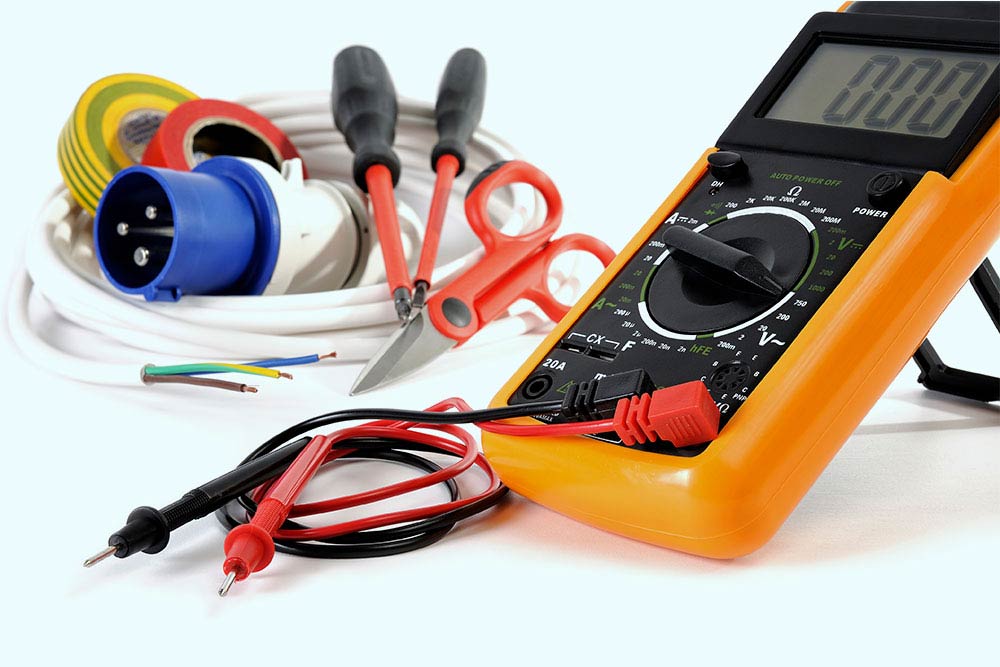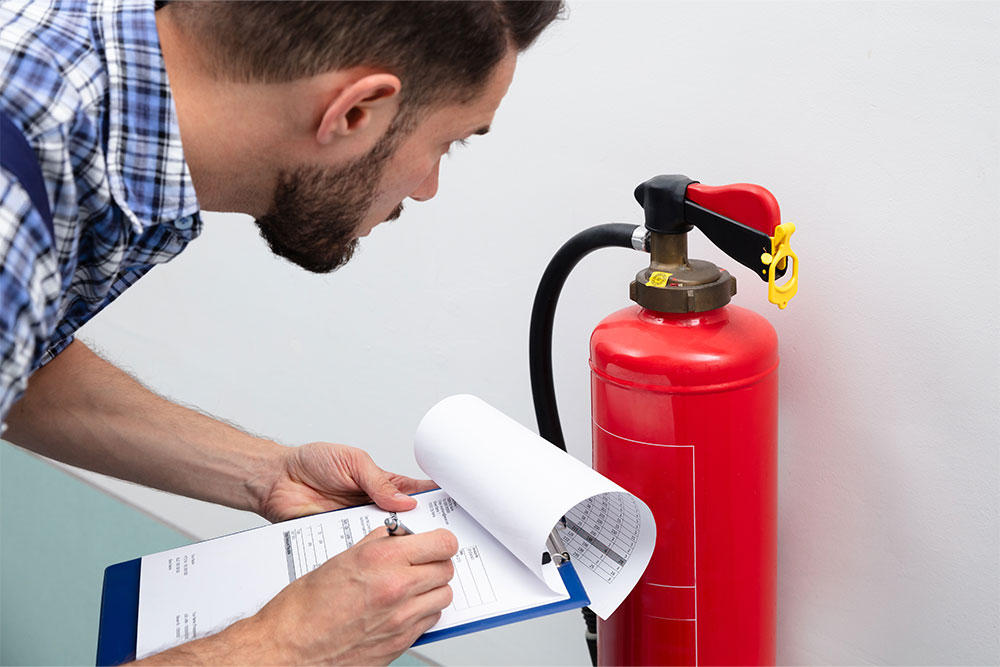
Have you ever wondered what those little labels attached to electrical equipment in the office, branded with ‘tested’ followed by a date, are for? That label signifies that a piece of electrical equipment has been PAT tested.
PAT testing is a way to ensure that electrical equipment is safe to use. Anyone who has a responsibility to make sure electrical appliances are safe will be familiar with it. But the confusing question is how often should PAT testing be done? This blog will provide you with the answer.
What Is A PAT Test?
PAT stands for portable appliance testing. It’s an inspection of electrical appliances. The test, carried out by a qualified PAT tester, checks whether a piece of portable electrical equipment is safe to use. Carrying out a PAT test helps prevent electrical incidents like fires and injuries such as burns and electric shocks.
Why Is PAT Testing Important?
There’s a lot of debate about PAT testing because it’s not a legal requirement. This means that it’s optional. You don’t have to PAT test, but the Health & Safety Executive (HSE) advises employers and landlords to take a risk-based approach. So, the decision to PAT test appliances is up to the responsible person. But this doesn’t mean that PAT testing is not important.
The Electricity at Work Regulations states that all electrical equipment that can cause injury must be adequately maintained. This is a way to ensure that electrical equipment is safe. By carrying out testing, you reduce the likelihood of accidents and injuries.
And it doesn’t stop there. It protects the entire electrical system by reducing the likelihood of appliances tripping. So, including PAT testing in your electrical safety regime is beneficial.
PAT Testing Course
Our PAT testing course course provides the necessary information to understand and conduct portable appliance visual inspections and tests. It explains pass/fail criteria and takes trainees through test procedures with clear visual demonstrations.
What Equipment Needs to be Tested?
Portable electrical appliances that have a flexible cable or connect to a power supply via a cable are considered portable and will benefit from testing. Examples of portable electrical equipment include:
- Laptops
- Desktop computers
- Printers and photocopiers
- Drills
- Fans
- Fridges
- Toasters
- Microwaves
- TVs
- Vending machines
- Vacuums
How Often Is PAT Testing Required?
PAT testing frequency depends on a few factors:
- The type of electrical equipment and how it’s used
- The class of the equipment (Class I/Class II)
- How often the equipment is used
- Where equipment is used (indoor, outdoor, hazardous atmospheres, construction sites)
- Equipment age
- Competence of the people using the equipment
- Manufacturer guidance and recommendations
- Modifications or repairs to the equipment
- Results from past tests
Considering these factors will help you to establish when portable appliance testing is required and how often. For example, a drill used daily on a construction site would need to be examined more frequently than a desk lamp.

How Long Does a PAT Test Last?
A PAT test lasts until an appliance becomes unsafe. When this occurs, it’s time for another test. The test will determine whether a repair or a complete replacement is needed.
Some manufacturers may add how often portable appliance testing should be done in their guidance.
Should PAT Testing Be Done Annually?
Generally, portable electrical appliances in a commercial or public environment should be tested annually. However, this does depend on the factors above.
Who Carries Out A PAT Test?
A competent staff member can do basic visual inspections in low-risk environments like offices. They must be trained on what to look for and have decent safety knowledge.
More significant knowledge and experience are needed to undertake an inspection and testing. This is when you enlist the help of a qualified PAT tester.
A qualified PAT tester will have the right equipment to conduct tests, have the competence required, and be able to interpret the test results.
What Is the Difference Between a Class I and Class II Electrical Appliance?
Class I electrical appliances include microwaves, irons and kettles. These appliances have two levels of protection, essential insulation and an earth connection.
Class II electrical appliances like power tools and computers are double insulated.
Portable appliance testing is needed for both classes to check whether both levels of protection are in good working order.
What Records Need to Be Kept?
Legally, you don’t have to keep any PAT testing records. However, keeping records will help you manage your electrical maintenance schedule to know when to arrange future testing.
Do You Need to Label Every Appliance?
No. You may see those little labels everywhere, but there is no legal requirement to label appliances. Labelling makes things easier for you, as does keeping records.
Get Trained and Get Testing
Add an extra string to your bow by getting trained on how to conduct a PAT test. We have a single-module PAT Testing training course that will take just an hour of your time to complete. The course covers:
- Why you need to PAT test
- Duties and responsibilities
- Appliance classes
- Visual inspections
- Types of tests
- Extension lead testing
- Class I testing
- Class II testing
And that’s not all. As a bonus, this eLearning course comes with a free portable appliance testing e-checklist. The e-Checklist helps you to implement the inspection process covered in the course.





















